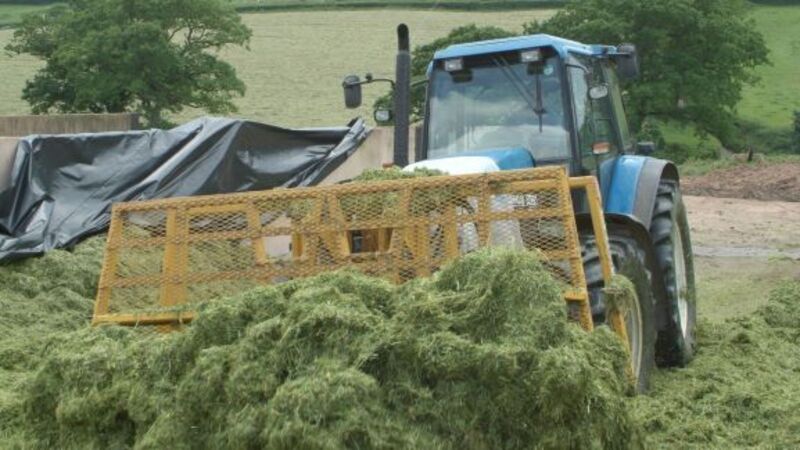Advice for beef farmers: Early silage cuts for better quality is always the best option

Some have already availed of the opportunity to take out first cut silage over the last week.
It is amazing how different this year is compared to last year.
Try from €1.50 / week
SUBSCRIBESome have already availed of the opportunity to take out first cut silage over the last week.
It is amazing how different this year is compared to last year.
Newsletter
Keep up-to-date with all the latest developments in Farming with our weekly newsletter.
Newsletter
Keep up-to-date with all the latest developments in Farming with our weekly newsletter.
Newsletter
Sign up to the best reads of the week from irishexaminer.com selected just for you.
Newsletter
Keep up with stories of the day with our lunchtime news wrap and important breaking news alerts.
Friday, October 31, 2025 - 7:00 AM
Thursday, October 30, 2025 - 6:00 PM
Friday, October 31, 2025 - 6:00 AM
© Examiner Echo Group Limited